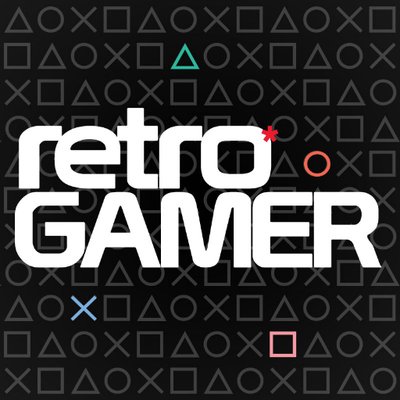Resident Evil creator Shinji Mikami on the making of a horror classic: "one by one staff would resign from the job"
Retro Gamer investigates the making of Resident Evil, 25 years on from its PlayStation debut
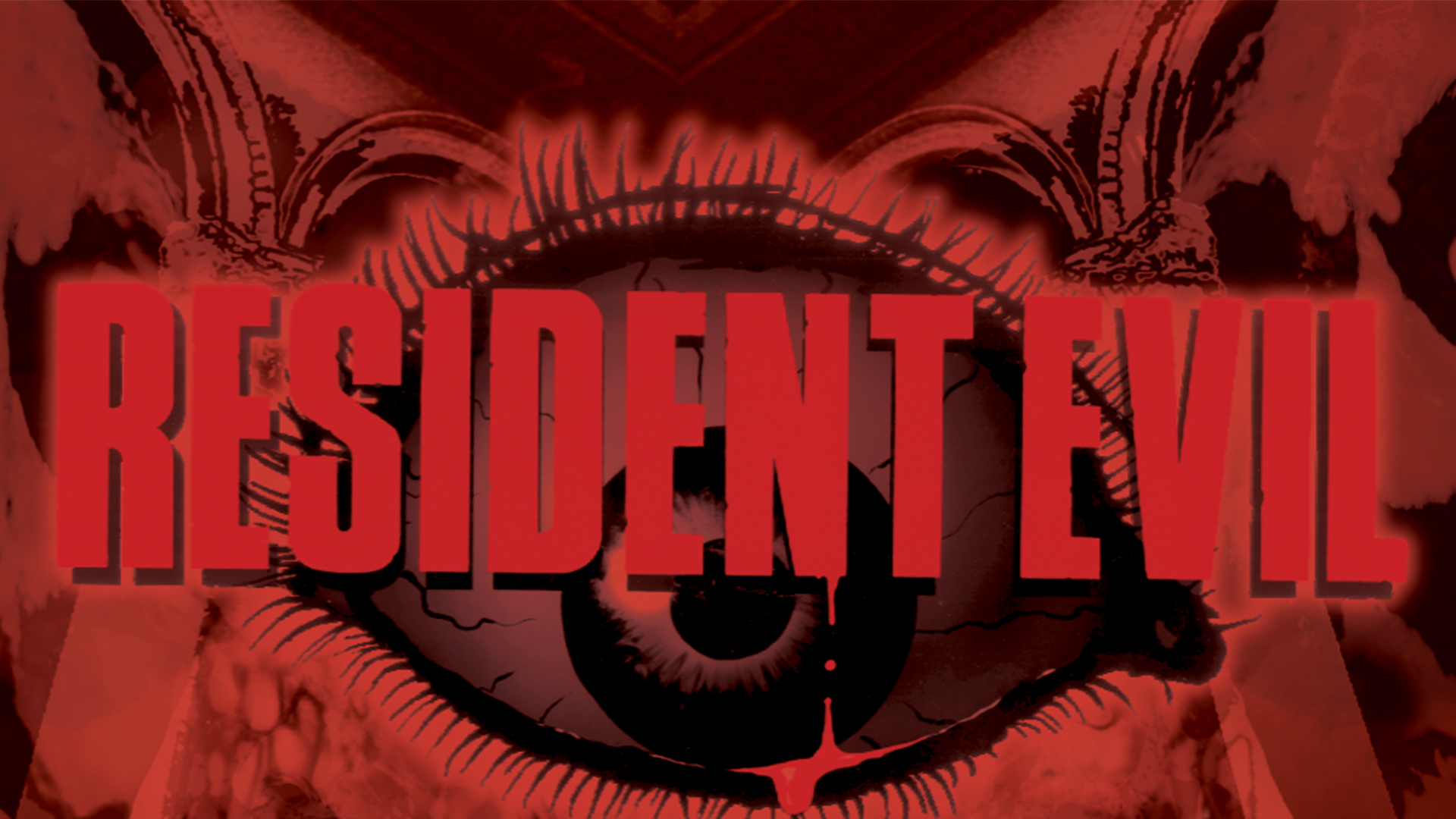
Shinji Mikami is a very likeable guy who is not afraid to speak his mind. For a start, he says, the Resident Evil title is a "stupid" one. The Western title for his made-in-Japan horror epic is, he reckons, completely nonsensical. (Capcom America proposed the Anglicised term; Mikami had no say in its selection.) Biohazard, the series' original Japanese title, is the only term he will use as we discuss the games. And that's fair enough: after all, he is the creator of Resi– sorry, Biohazard.
"Biohazard's starting point came when my boss at the time – Fujiwara-san [Tokuro Fujiwara, Capcom's general manager] – told me to make a horror title using the game system of Sweet Home," Mikami explains. The game he's referring to here was a minor hit for Capcom on Nintendo's Famicom at the end of 1989, itself a video game adaptation of a Japanese horror flick.
The parallels between Sweet Home and Biohazard are fairly extensive – Biohazard's door-opening sequences are inspired by Sweet Home, while some of the games' settings are shared – yet it would be unfair to both titles if we were to suggest that Biohazard was a mere copy of Sweet Home. It wasn't – Mikami's game brought too many new ideas to the table to be written off as nothing more than a homage. Still, there's no denying that it drew inspiration from certain aspects of that old cassette.
"My first aim," Mikami recalls, "was to create something that could provide the scariness of an amusement park's Haunted House, at home. For me, the things I've always been scared of the most are ghosts, so I was considering producing a game full of evil spirits. Thinking about it, though, in the capacity of a game, there wouldn't be any real feeling of exhilaration if you were shooting at, or attacking, ghosts. When I realised that during the initial planning stages of development, I decided to scrap the ghost idea and find a different type of enemy threat."
A different kind of haunted house
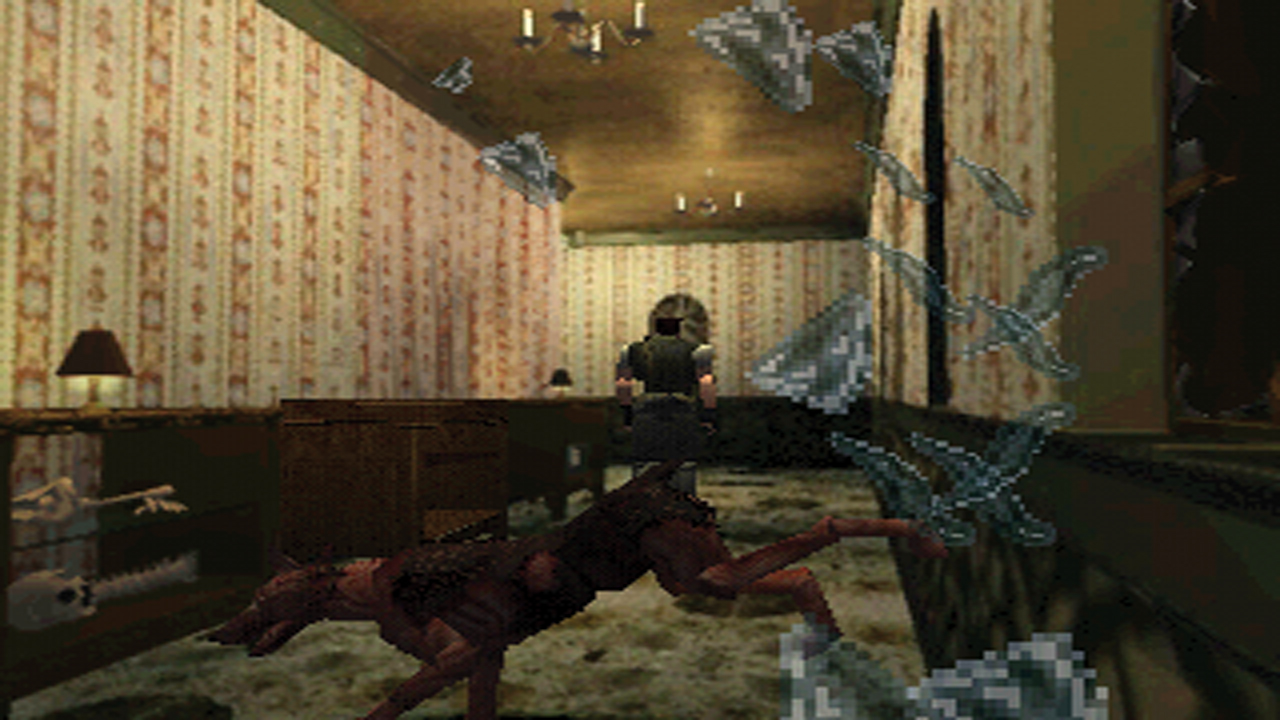

Resident Evil made its debut 25 years ago. In our ultimate guide to the Resident Evil games, we explore the weird and wonderful history of the series.
With the notion of a Haunted House-style horror game ditched, Mikami went back to the drawing board and sketched a different, yet equally scary, proposition: "I ended up realising that the game's enemies needed to be monsters of some description, as close as possible to humans in form, rather than spirits. Yes, I thought – zombies! At that time I recalled the film, Dawn Of The Dead; I loved that film. It was unfortunate, as far as the audience was concerned, that they couldn't survive; but with a game, the players could use their own techniques and thinking in order to survive the experience. I thought that this difference between horror games and horror movies could be something wonderful. That was the moment when I conceived Biohazard."
"For the first six months of development," Mikami explains, "I was the 'team'. Six months down the line I was joined by another planner, but after three months of working together he left to do development work on another project. From month nine onwards, the number of personnel suddenly increased to 15; and from that time on, the team gradually increased in number until, towards the end of development, we had more than 50 people working on Biohazard. On the planning/design side of things, [Hideki] Kamiya, [Hiroki] Kato and [Kazunori] Kadoi were the core members – the foundations. In the graphics department, [Jun] Takeuchi looked after character animation, and [Motoji] Fujita and [Ippei] Masuda were largely responsible for the background rendering. Programming and system development was essentially down to [Yasuhiro] Anpo. [Katsutoshi] Karatsuma worked on gameplay features, [Kiyohiko] Sakata on in-game events, and [Ippo] Yamada on sound."
Once the central team had been established, Capcom's Production Studio 4 quickly set about turning Mikami's ideas into tangible, playable realities. An early build of the game featured an over-the-shoulder camera system similar to that which would eventually be used in Resident Evil 4, but it soon became obvious the PlayStation hardware was not up to the task of managing such ambitious design. (At least, it didn't appear to be capable of such feats back in 1995.)
Sign up to the GamesRadar+ Newsletter
Weekly digests, tales from the communities you love, and more
"You couldn't really call Biohazard 'beautiful' now," Mikami modestly admits. "It was incredibly difficult to produce the game for the PlayStation hardware back then. Initially it was intended to be a full 3D production, but we had to give up on that idea and modify Biohazard to use pre-rendering: if we hadn't done that, it would have been impossible to properly realise my plans for the game. For that reason [the switch to pre-rendered environments] the graphics became exceptionally good, though operability was sacrificed to achieve that. It was very difficult to manufacture the characters while reducing their polygon counts to a reasonable level."
Scared to death
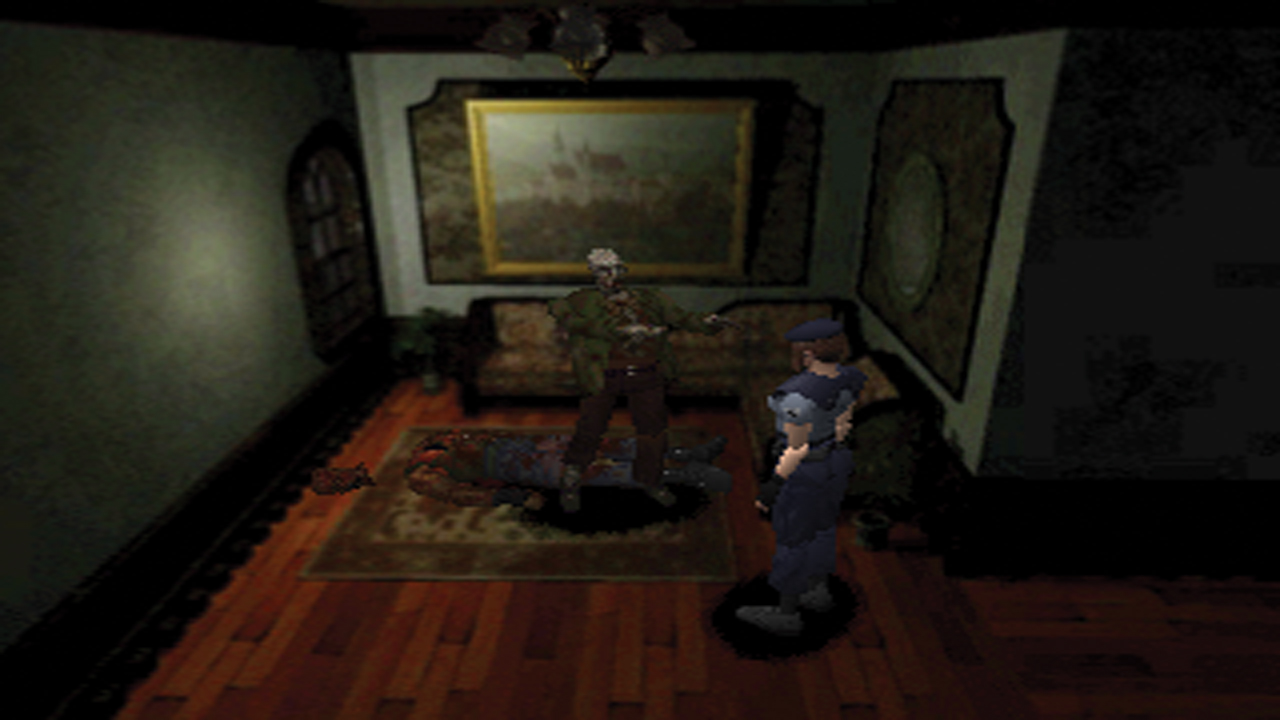
The "operability… sacrificed" that Mikami speaks of is likely a euphemism for the notorious clunkiness of the characters' movement, with navigation of pre-rendered environments tied to an awkward D-pad control system where left and right became rotational inputs and up/ down effected a strict forwards/backwards motion. Controlling Jill Valentine and Chris Redfield was the adventure game equivalent of steering a double-decker bus around a karting circuit. Since his original briefing from his manager had quite specifically requested a horror game, Mikami was determined to create something that would (in an in-game sense, literally) scare players to death.
"First of all," he says, "I began by coming up with a scenario that had an eerie atmosphere. The critically important point here was to create a world where you could see some evidence that people had been living there, and then introduce zombies so that players would happen to meet them within that kind of environment." The game's opening scene and scripting neatly emphasises how Mikami would set about achieving his goals; before Jill Valentine takes her first D-pad-guided steps into her scenario, some scrappy pixel text sets the tone: "They have escaped into the mansion… where they thought it was safe. Yet…" Fortunately, not all of the tension-building devices used in Biohazard were quite so crude. The door-opening scenes that linked rooms together were deliberately restrained – a door, a black abyss of a background, and the cleanly sampled sound of a handle being turned – and were extremely effective in boosting both the player's fear and anticipation levels.
"Another significant area was to ensure that a sense of fear would be generated by the events in the game," Mikami continues. "The motivation for this was that I wanted to shock players with the perfect timing of events, while also having strong control over the player's mentality, so that the fear factor would become self-reinforcing thereafter. We used features such as the zombies' moans and their footsteps as omens throughout the flow of the game. Even if you knew before looking round a corner that a zombie was going to be there, we set up blind spots so that players wouldn't be able to see the zombies [immediately] and that in turn produced an uneasy feeling that caused players to feel afraid. I remember thinking if the enemies were only scary because of the possibility of 'game over', it wouldn't be sufficient for me to reach my goal with Biohazard. There had to be more to it than that."
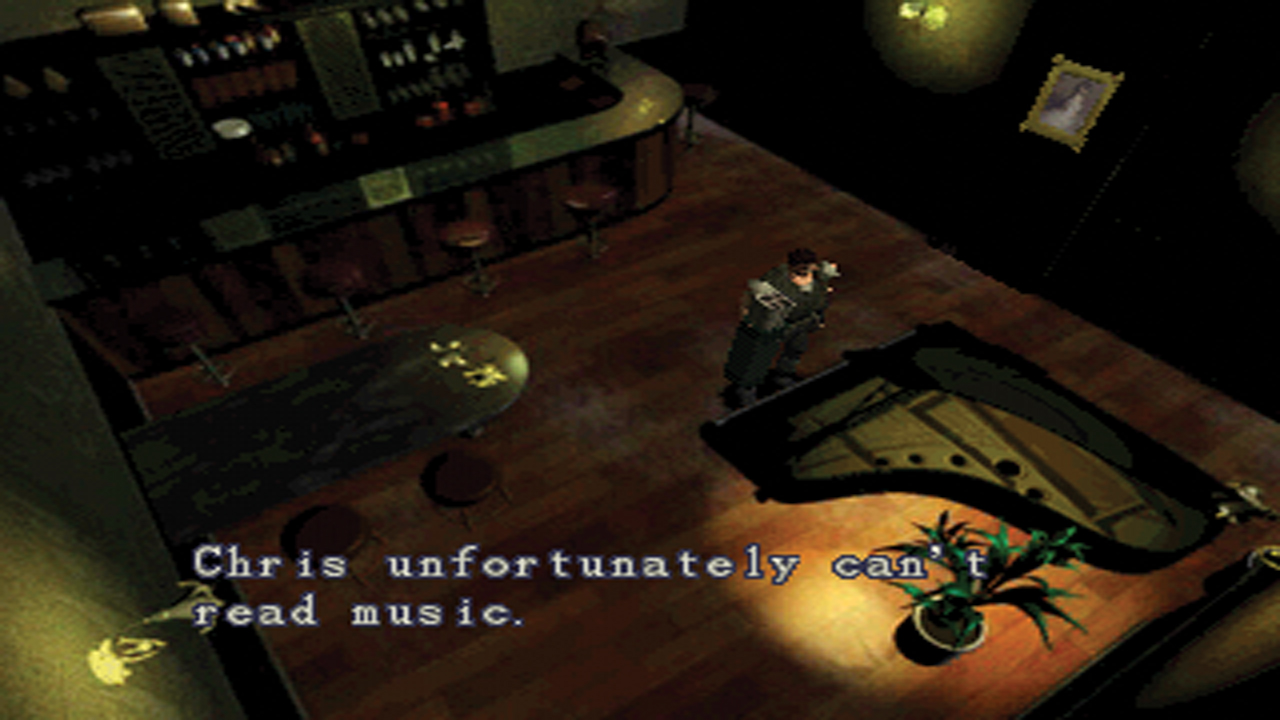
"I had come up with an idea for a method where the game could switch to being a comedy after the third week of gameplay"
Shinji Mikami
Intriguingly, Mikami says that Biohazard could even have adopted a humorous angle (as in genuine, planned humour – not the occasionally funny scripting that cropped up in English-language translations of the game) were it not for a lack of development time. "In the planning stage," he reveals, "I had come up with an idea for a method where the game could switch to being a comedy after the third week of gameplay. I ended up discarding the idea when it became apparent that it would take an unreasonable amount of time to implement. I personally felt that the horror and comedy genres had many things in common and were very closely linked. I think if I'd had a chance to experiment more, the results could have been really entertaining."
Regardless of Mikami's decision to not turn Biohazard into the video game equal of Scary Movie (probably a wise decision), his vision of how he wanted the game to be was largely realised. "Top of my list [of favourite things about Biohazard]," he starts, "is how we were able to realise a kind of scariness that would automatically put players on edge, even without them being consciously aware of it. I was also really pleased with the graphics: in its day, at least, Biohazard looked real. Another of my favourite aspects was how the sound effects and music would make the player feel intimidated. And, of course, I was very pleased with how we presented the zombies in the game."
All of these elements – and others, such as the consistent and satisfying (if a little quaint) puzzles, the item-location tasks, the excellent FMV cut-scenes and the associated charismatic voice acting of the game's characters – combined to produce an experience that was a little different from previously available attempts at the genre. Mikami's ascent from working as a planner on a few Disney-licensed SNES games to being charged with producing a next-gen horror game may seem like an odd career path, but he has always been a fan of darker entertainment.
Survival horror is risky business
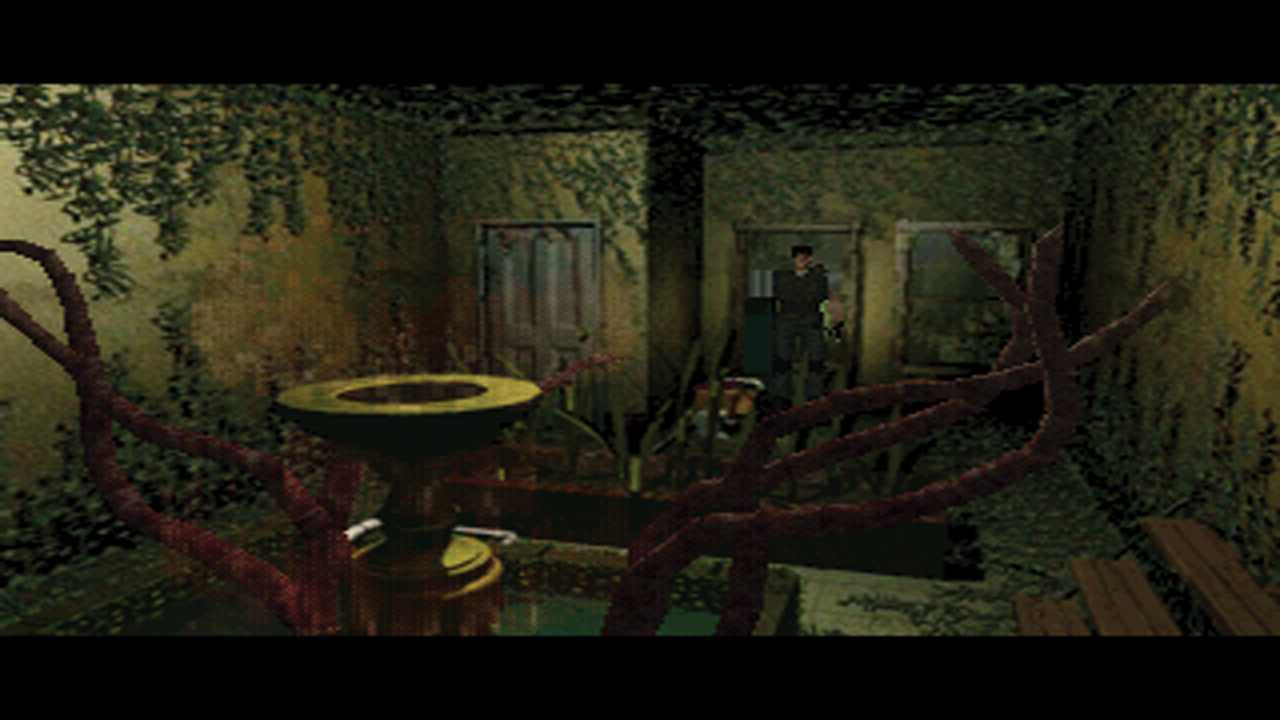
When Mikami first started planning Biohazard in January of 1994, neither Sony's PlayStation nor Sega's Saturn were on the market and Nintendo was in pole position in Japan (thanks to the broad success of the Super Famicom). Biohazard was never planned as a PlayStation exclusive, and logically Capcom was determined to hedge its bets by getting the game to appear on both upcoming formats. But that was easier said than done. "Initially, we were moving ahead with simultaneous development on both formats [PlayStation and Saturn]," Mikami recalls. "We carried on like that for about a year, but then that development program had to be suspended. It was hard enough making Biohazard for one piece of new, original hardware – developing it for two types of hardware at the same time was just too difficult because of a lack of development staff and a shortage of the necessary skills. That's why we decided to whittle things down to just the one console version." The Saturn version eventually arrived in July of 1997, some 16 months after the PlayStation original had been released in Japan, which was quite a blow for Sega.
You might well imagine that Capcom was confident it had a potential PlayStation hit on its hands, yet Mikami maintains that his employer was not completely supportive of the project. "During the development phase, I felt that the project wasn't being appreciated at all." It turns out that Biohazard very nearly didn't happen, as Mikami explains: "Capcom's consulting company at the time made a report that included a comment written like this: 'Discontinue Biohazard project.' I went mad! After seeing that, it just made me feel even more strongly that I would complete Bio, no matter what. And in the end, Biohazard was not discontinued. As I had suspected, it was Fujiwara-san who called for Capcom to let us continue with the Biohazard project. I only heard from Fujiwara-san himself roughly ten years after Biohazard was finished that he'd intervened in such a way, but it apparently saved the project…"
Even though Biohazard was allowed to continue growing, Mikami admits that the development process was not particularly smooth. Part of the problem was the inexperienced staff (even Mikami himself was making his directorial debut on this project). "Except for myself, most of the staff on the Biohazard team [were] newcomers to Capcom," Mikami reflects. "The team generally wasn't very experienced at all, and it meant we had to go through an awful lot of trial-and-error experimentation during the development process. In spite of that, the team had an incredibly positive attitude, and I'm sure that was connected to how we were able to produce such a good game."
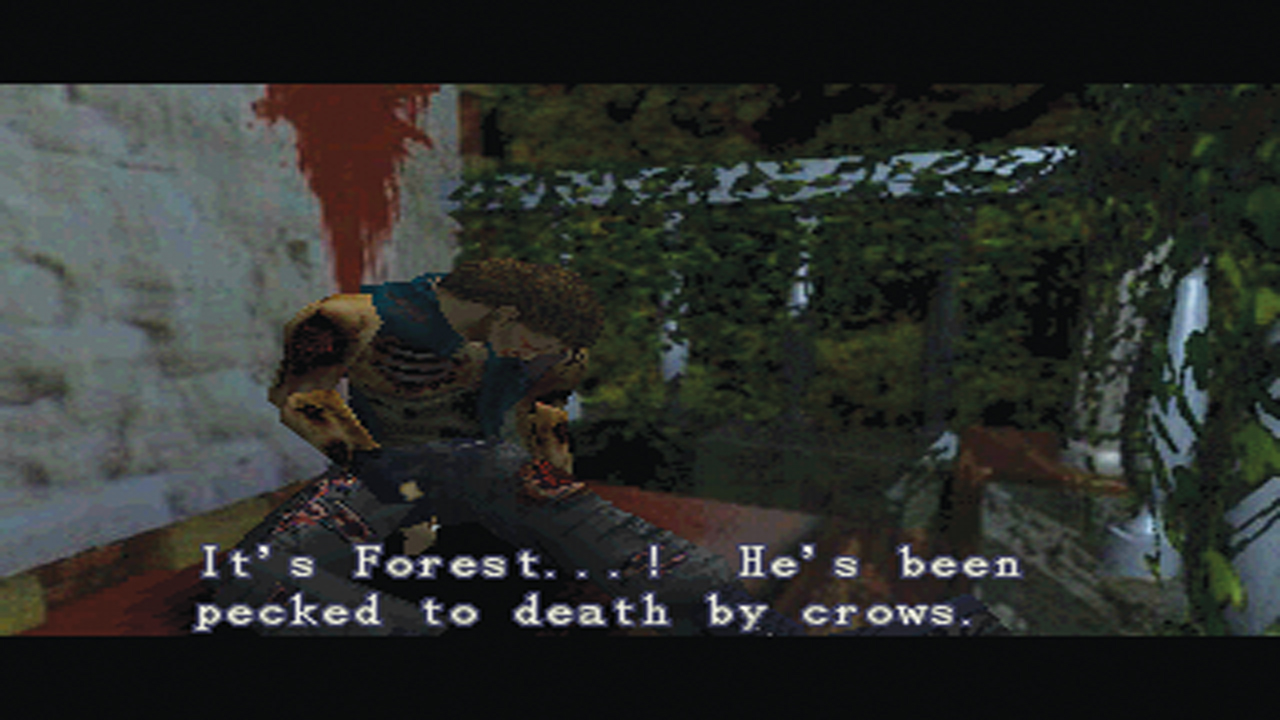
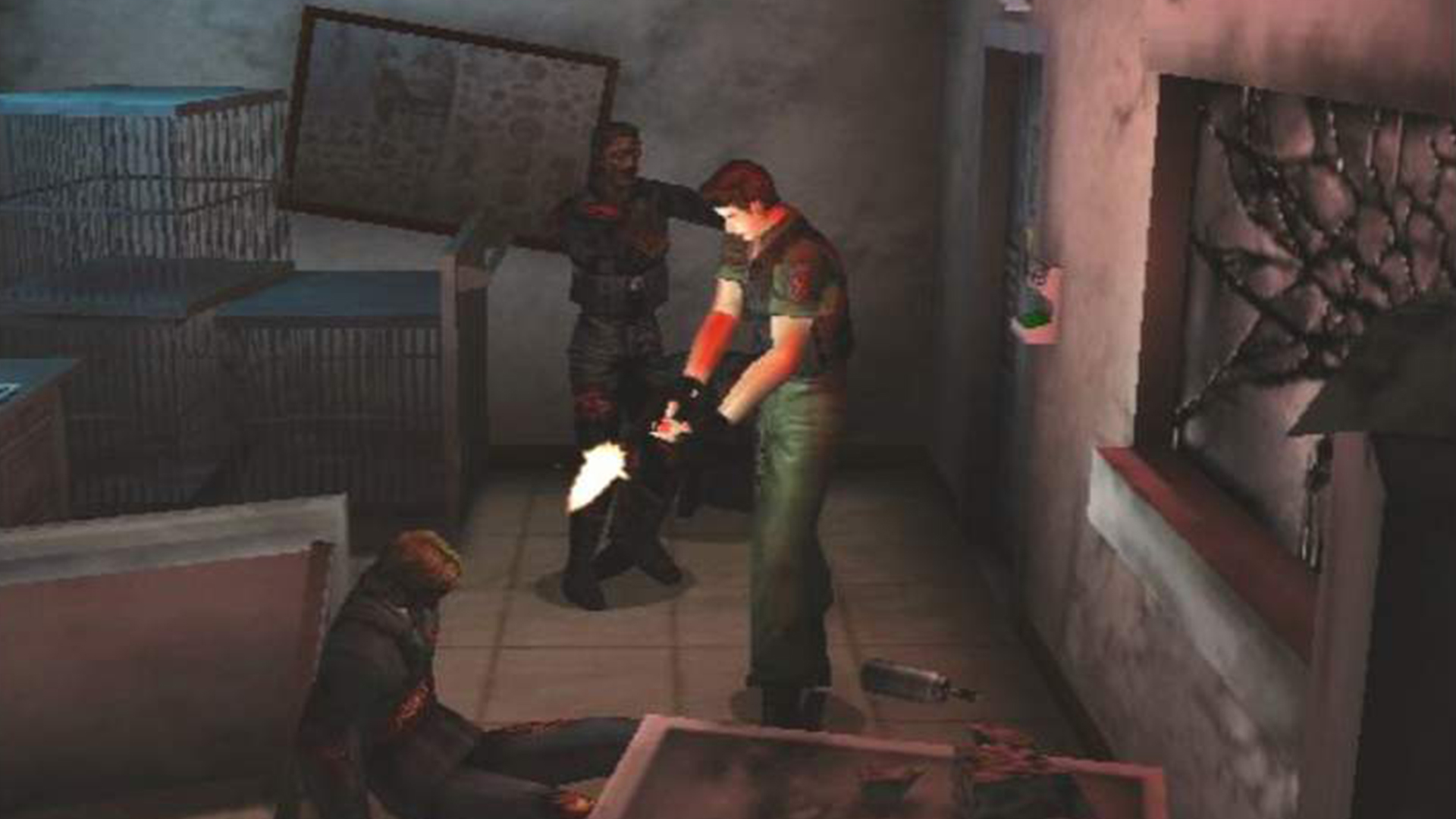
The gradual expansion of Resident Evil is best viewed through the prism of its gunplay, which has shown a willingness to evolve and iterate over the last 25 years. Here we explore the evolution of Resident Evil's combat.
Although the atmosphere inside Production Studio 4 was a positive one, Capcom struggled to keep the Biohazard team together. Mikami explains: "I remember how, because developing Biohazard was too difficult for them, one by one staff would resign from the job. I think everyone felt as though they didn't know what was what. It was a feverish atmosphere in [the Bio] development team. Along the way, it got to the point where our development tools weren't sufficient for what we wanted to do, so to compensate we worked double shifts to ensure that the team was working around the clock."
For those who had remained onboard, the latter stages of development were predictably manic. "The final stage of development lasted around six months," Mikami says, "and during that time the team were mostly living at work. It was a case of 'Super Hard Work' until 3am every night. At the time everyone was considered equal, and once it got to be past midnight in the studio our spirits became really high. People would be running around the development floor… We'd group together in pairs and push other development staff, who were sitting on chairs [with wheels], into the elevator, then press the button to send them to whichever floor we wanted them to go to, and shout 'Sayonara!' We had all these funny customs," he laughs.
While Mikami and the team somehow managed to enjoy the hell out of the last six months' work, there was also some awareness of the predicament Capcom found itself in at the time. Investors were becoming increasingly concerned about the profitability of the Osaka-based developer/publisher, and without any major investors at the top of the company to rely on (the likes of Sega and Namco were bankrolled by mega-rich owners, but Capcom has always been a more humble affair) murmurs of the dreaded 'B' word began to circulate. "Once the project was complete," Mikami says, "all of the staff felt a sense of accomplishment and they really celebrated its completion. On the other hand, I just felt relieved – and I seemed to be the only one who was completely burnt out. I knew that if Biohazard wasn't a big success there was a danger that Capcom would face bankruptcy, so I felt very strongly that I'd fulfilled my responsibility."
Beating bankruptcy
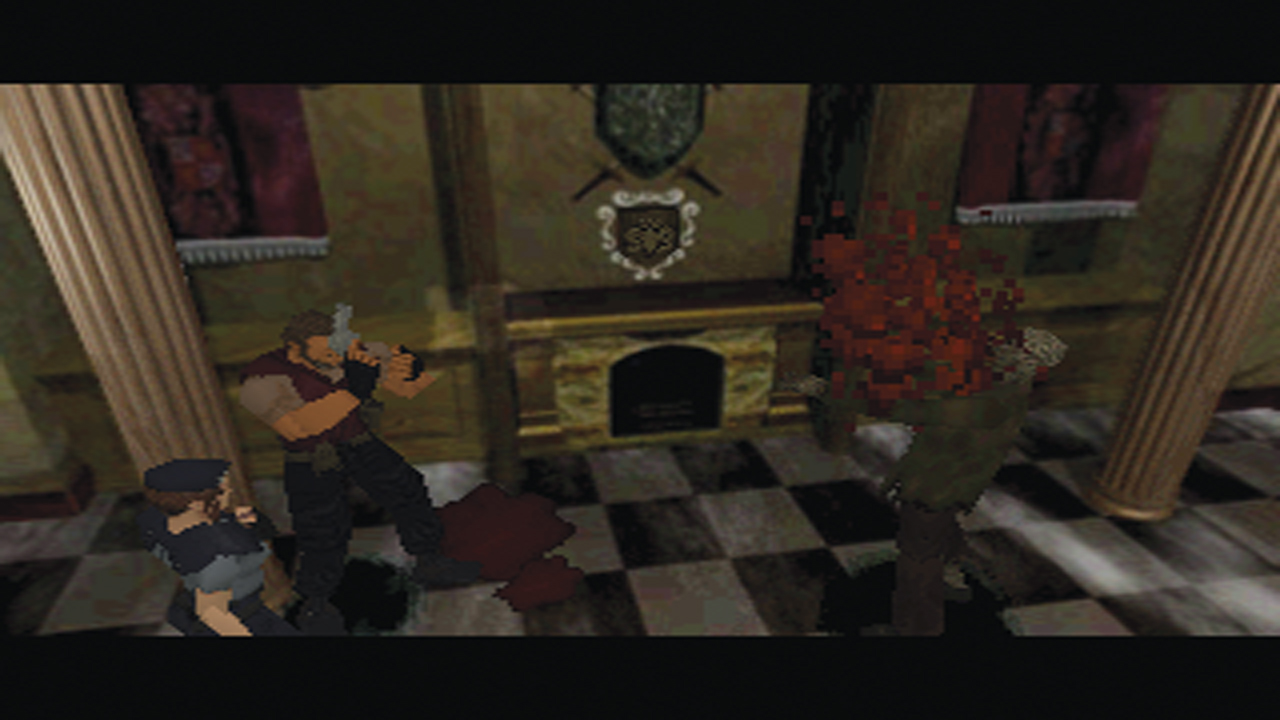
In the end, Biohazard did the business required of it and Resident Evil (to Mikami's chagrin) became a household name throughout the western world. "Biohazard sold more than twice the number of copies we were anticipating it might sell," Mikami clarifies. "To be honest, I was surprised by how successful it was. It was just a happy accident that the PlayStation market and the saleability of Biohazard matched so perfectly. I think we were very lucky."
With Biohazard, an international hit almost in spite of itself, the gore and scariness of the finished game only seeming to encourage greater sales and Capcom inevitably demanded more of the same. "Once the first game was finished," Mikami says, "Capcom told me immediately to make a sequel. Only, I was told to redefine my role for Biohazard 2 as a producer, and at the time that really made me feel down," he sighs. Mikami's good friend Hideki Kamiya took on director's duties for the sequel, and it wasn't until 2005's Biohazard 4 that Mikami would again have a chance to direct the series himself.
Of course, that would be the last time that he would have the opportunity to do so. Mikami left Capcom in 2007 following the closure of Clover Studio, founding Platinum Games alongside Capcom alumni Atsushi Inaba and Hideki Kamiya. The famed director and producer would stay with the studio for just three years, leaving in 2010 after work wrapped on Vanquish to form Tango Gameworks, where he presided over The Evil Within, and served as executive producer on both The Evil Within 2 and the upcoming Ghostwire: Tokyo.
Mikami might be over a decade removed from Resident Evil now, but the template that he created with Biohazard is an enthralling today as it was in 1996. The survival horror genre has moved forward, but it will never forget Mikami's contribution to it, nor escape his determination to scare players to death in a creepy mansion, hidden deep in the Arklay Mountains.
For more fantastic features like the one you just finished reading, subscribe to Retro Gamer to get the magazine delivered to your door or digital device.
Retro Gamer is the world's biggest - and longest-running - magazine dedicated to classic games, from ZX Spectrum, to NES and PlayStation. Relaunched in 2005, Retro Gamer has become respected within the industry as the authoritative word on classic gaming, thanks to its passionate and knowledgeable writers, with in-depth interviews of numerous acclaimed veterans, including Shigeru Miyamoto, Yu Suzuki, Peter Molyneux and Trip Hawkins.
